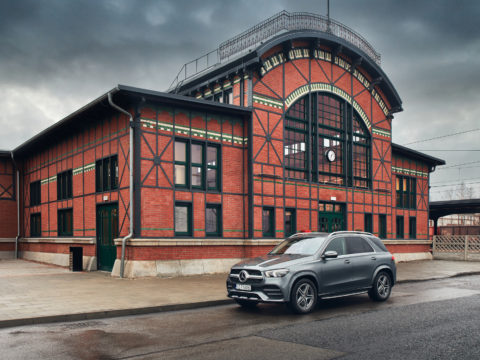When you think of Tesla, you likely imagine sleek designs, innovative technology, and a bold vision for a sustainable future. The rise of this electric vehicle giant has undoubtedly sparked a revolution in the automotive industry, pushing other manufacturers to ramp up their electric vehicle production. But as with any product, especially one that breaks so significantly from tradition, there are drawbacks hidden beneath the surface of Tesla’s allure.
Contents
High Initial Purchase Cost
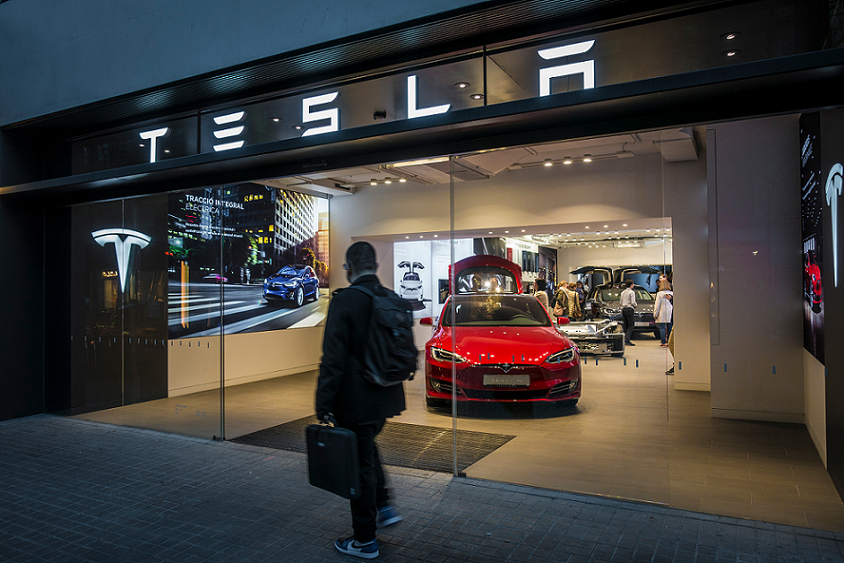
Teslas are renowned for their high-quality build and cutting-edge technology. However, these features come at a high cost, making Tesla cars considerably more expensive than many other vehicles in their respective segments. The initial price for a Tesla vehicle starts at around $39,990 for the base Model 3 Standard Range Plus variant and can go up to about $139,990 for the top-spec Model S Plaid+. This high initial price can deter many potential buyers, making it a luxury purchase out of reach for many consumers.
Rapid Depreciation Value
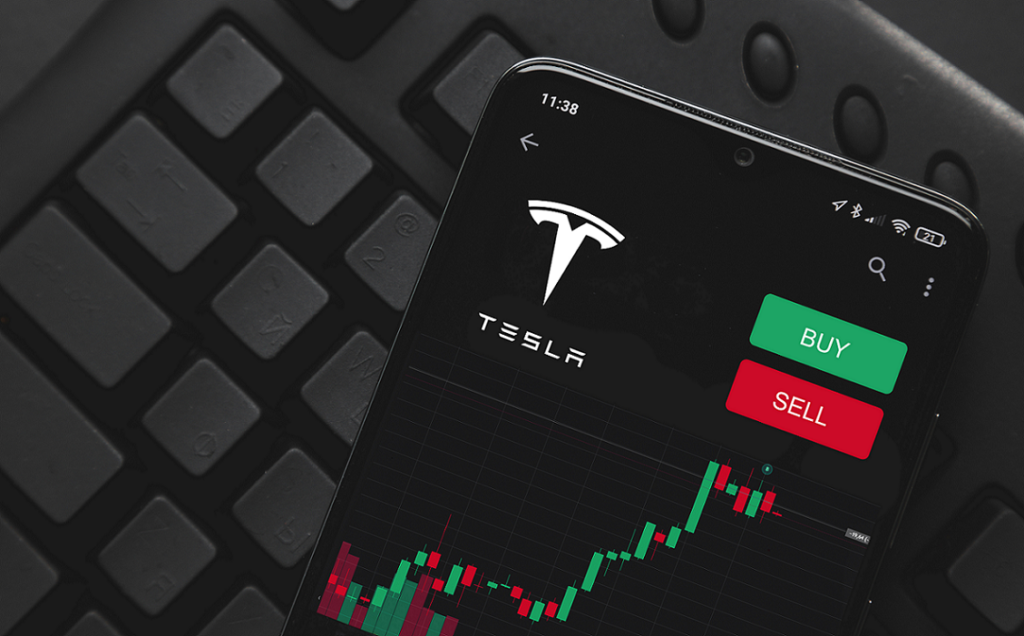
Although all cars depreciate over time, Teslas, particularly older models, can depreciate significantly due to rapid technological advancements. As a Tesla owner, your car might lose value faster than traditional vehicles because newer models often have superior technology and features.
Range Anxiety
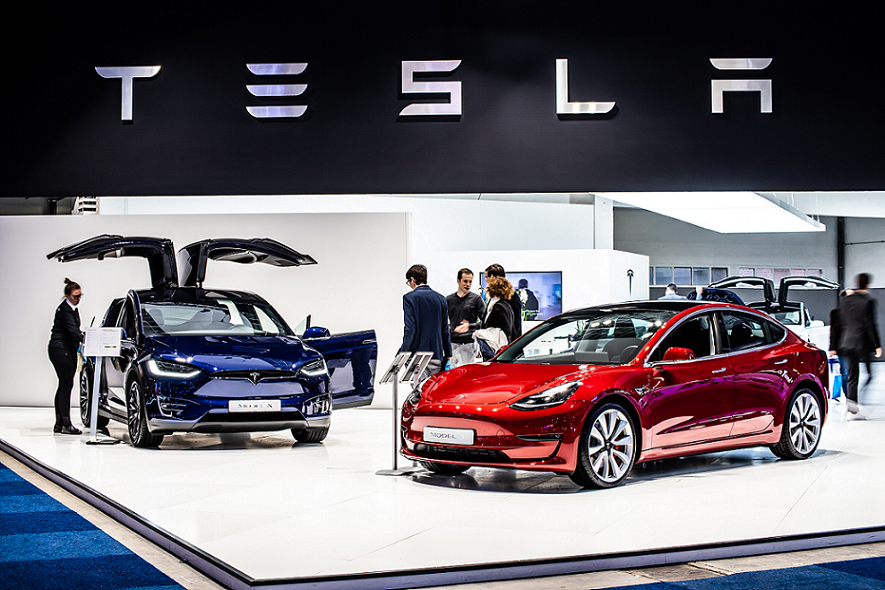
While Tesla has been improving the range of its cars, it still can’t compete with traditional gasoline or diesel vehicles in this respect. This can be a problem for those who frequently travel long distances or don’t have easy access to charging stations, leading to range anxiety.
Charging Infrastructure
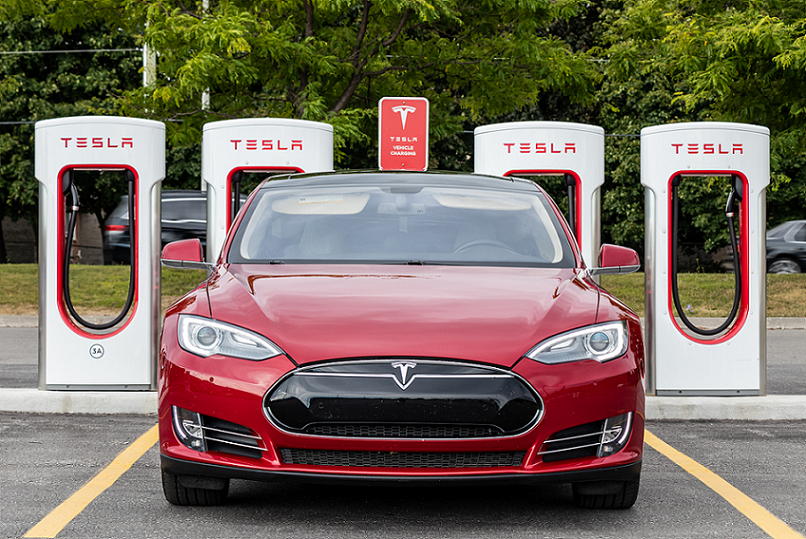
Despite Tesla’s best efforts to build a comprehensive Supercharger network, charging infrastructure is still not as ubiquitous as gas stations, particularly in rural or remote areas. This limitation can complicate road trips or daily use for some Tesla owners.
Reliability Concerns
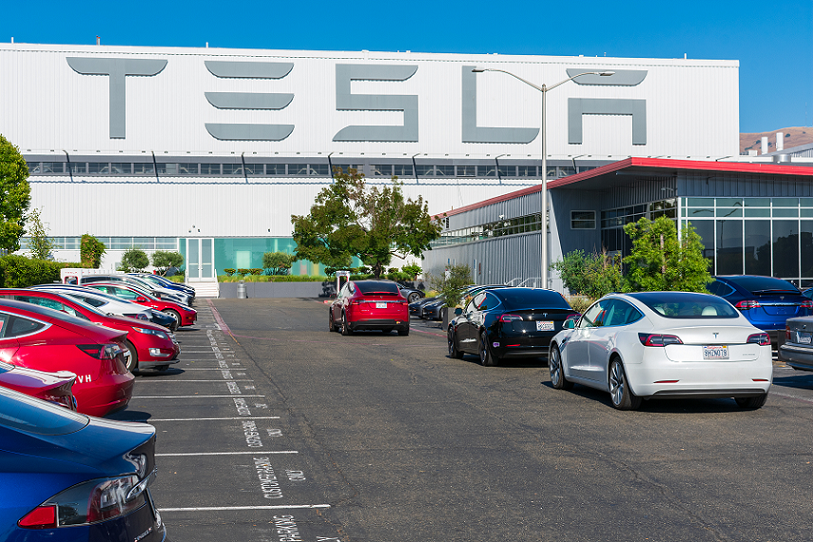
Some reports and consumer feedback suggest that Teslas might not be as reliable as other vehicles in the long run, with concerns ranging from minor fit-and-finish issues to more significant drivetrain problems. These potential reliability issues could lead to costly repairs, particularly when the warranty expires.
Service Centers and Maintenance
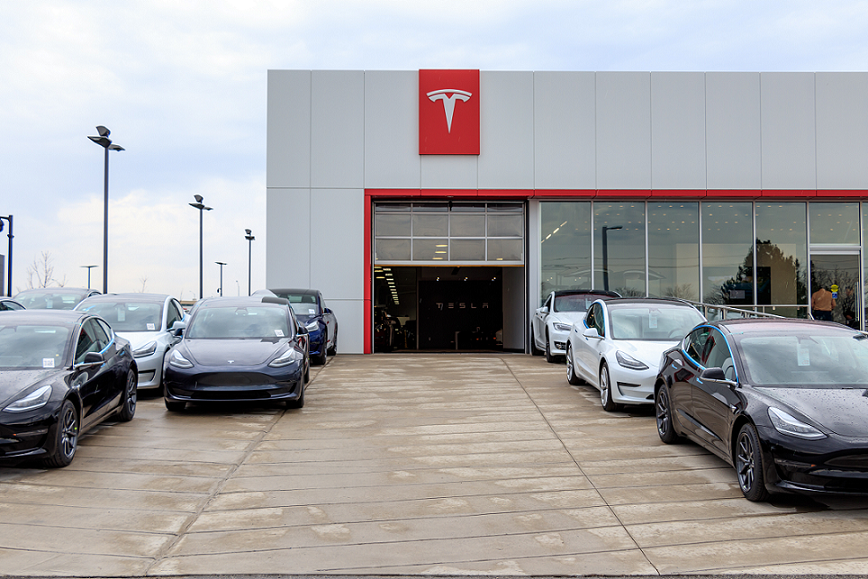
Unlike traditional vehicles that can be serviced at any local mechanic, Teslas require specific service centers or certified mechanics. The number of these centers is quite limited compared to traditional garages, which could mean longer waits for service and repairs.
Lack of Personalization
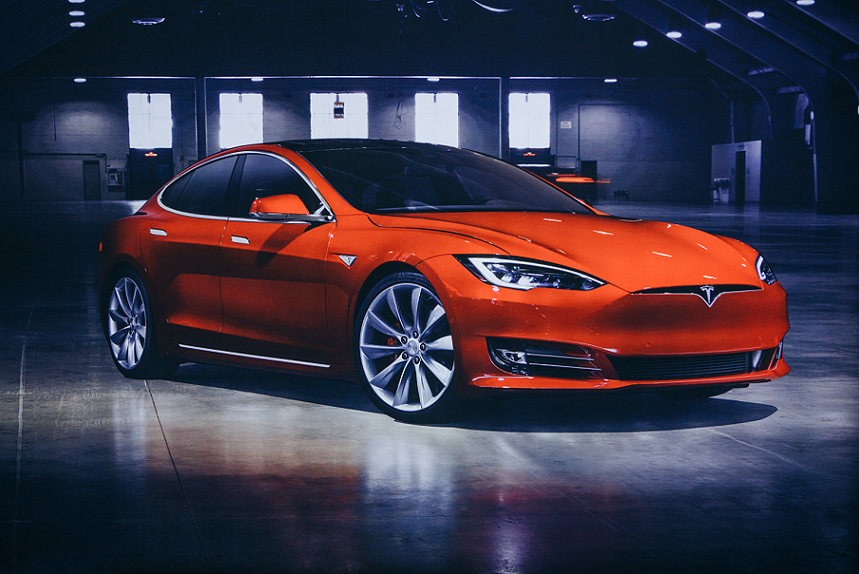
Although Tesla’s minimalist design is appreciated by many, it also offers little room for personalization. Choices in interior materials, colors, and options tend to be limited compared to other manufacturers, which can be a downside for those who like to customize their vehicles.
Software-Dependency
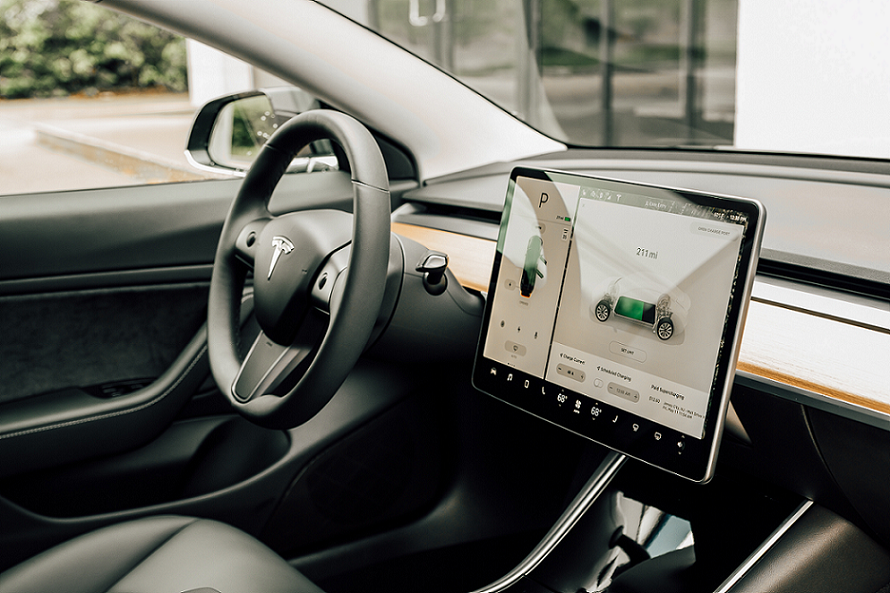
Tesla’s heavy reliance on software can be a double-edged sword. While it allows for over-the-air updates, there have also been instances of bugs causing significant issues for owners, sometimes impacting essential features of the car.
Battery Replacement Costs
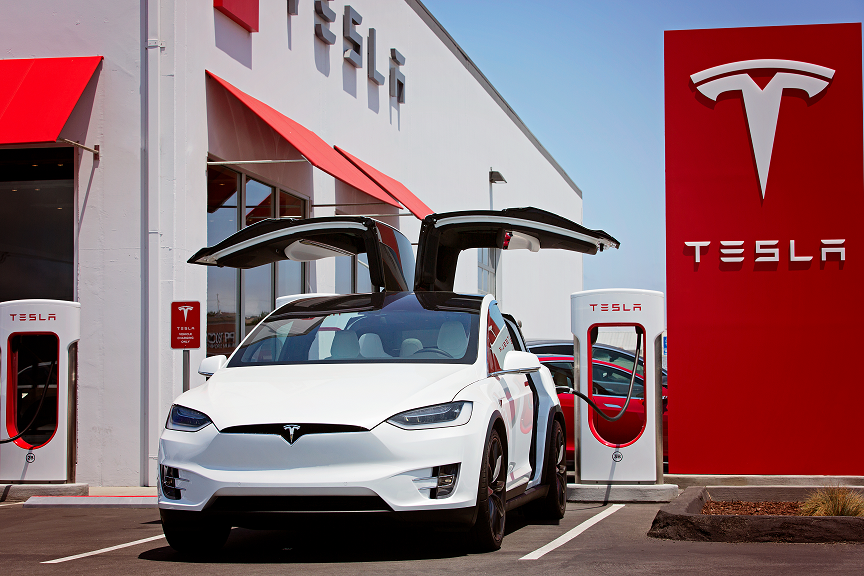
The batteries in a Tesla are designed to last a long time, but they won’t last forever. Eventually, they’ll need to be replaced, which can be very costly. While this is a long-term concern, potential owners need to be aware of it.
Environmental Impact of Battery Production
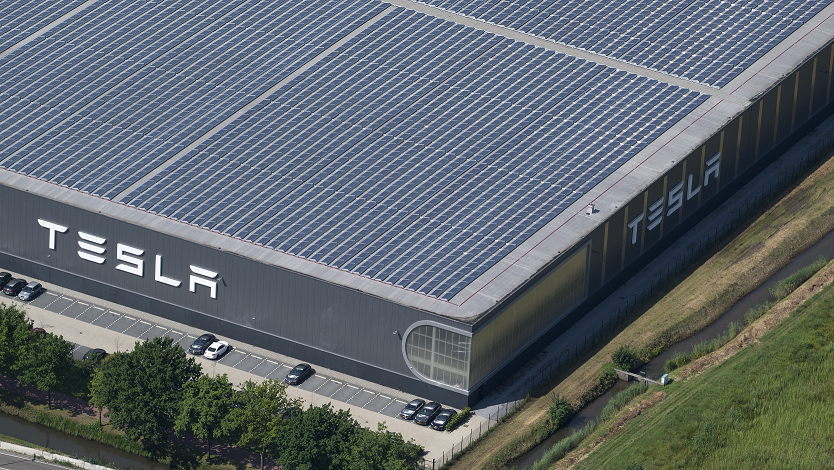
While electric vehicles like Tesla significantly reduce greenhouse gas emissions compared to internal combustion engines, environmental concerns are related to lithium-ion batteries’ production and eventual disposal. The extraction of lithium and other minerals used in the batteries can harm the environment.
This article originally appeared on MyCarMakesNoise.
More from MyCarMakesNoise
10 Electric Vehicles Perfect for Long-Distance Adventures

The electric vehicle (EV) market is rapidly evolving, offering an increasingly diverse range of options for eco-conscious drivers. Among these, long-range EVs stand out, offering the freedom to embark on extended journeys without the frequent need for recharging. Read More.
Celebrating 9 Iconic Cars from Television Shows

From the high-speed chases of action-packed dramas to the whimsical adventures of beloved sitcoms, television has introduced us to some of the most iconic cars in pop culture history. This article is a celebration of these memorable vehicles that have captivated audiences and car enthusiasts alike. Read More.
20 Classic V8 Cars That Are True Icons

The deep roar of a V8 engine has long thrilled car enthusiasts, symbolizing an era of speed and power. This article explores the history of this iconic engine and celebrates the legendary cars that have made a lasting impact on automotive history. Read More.



